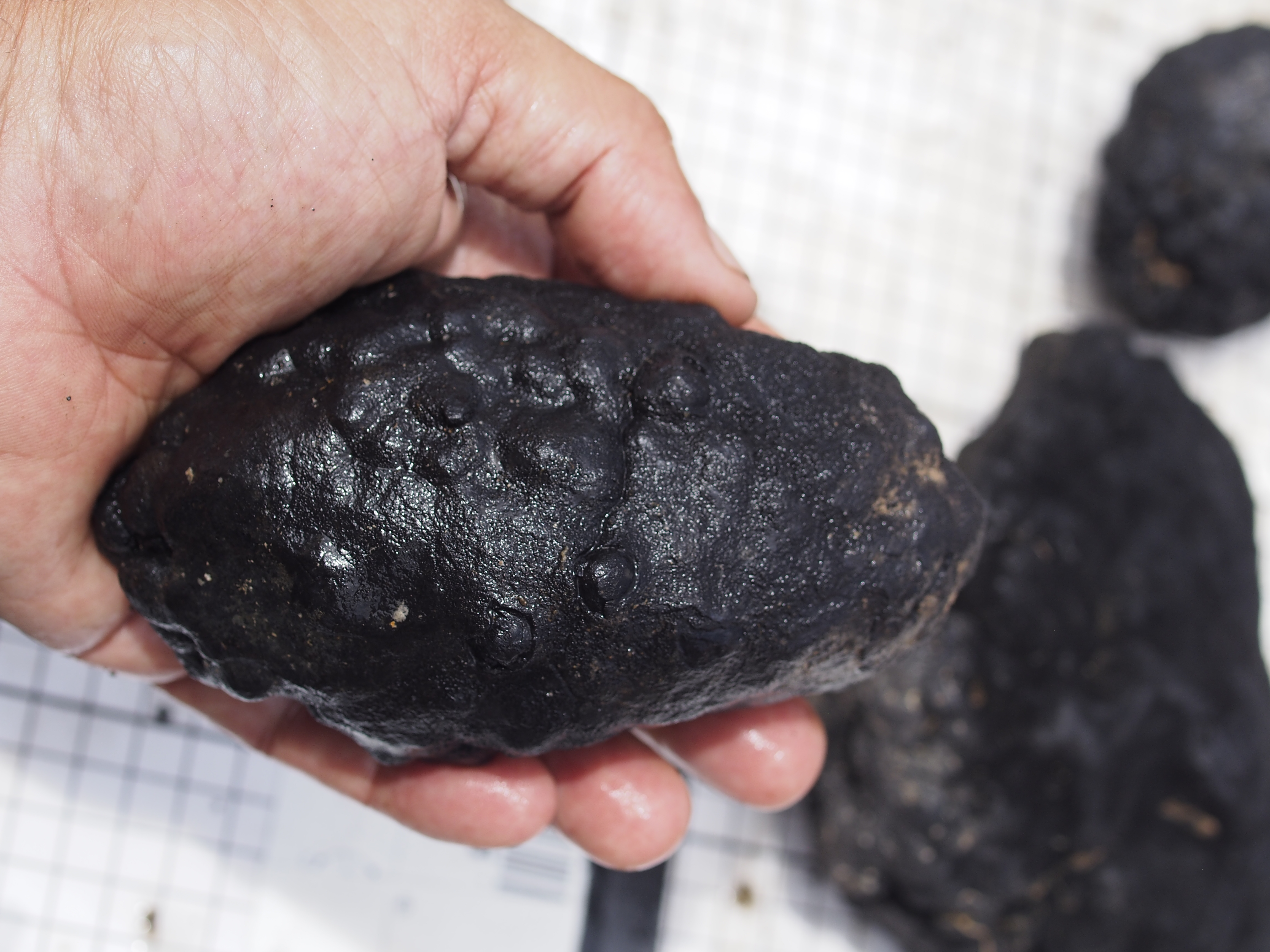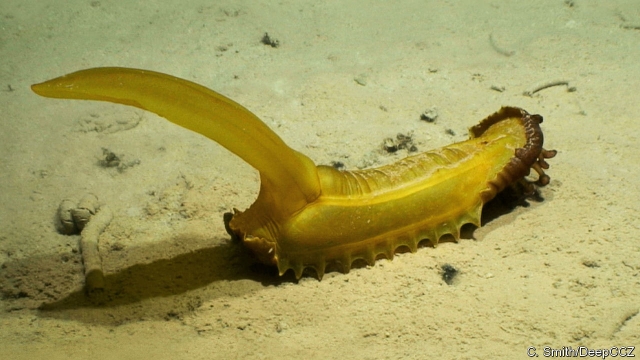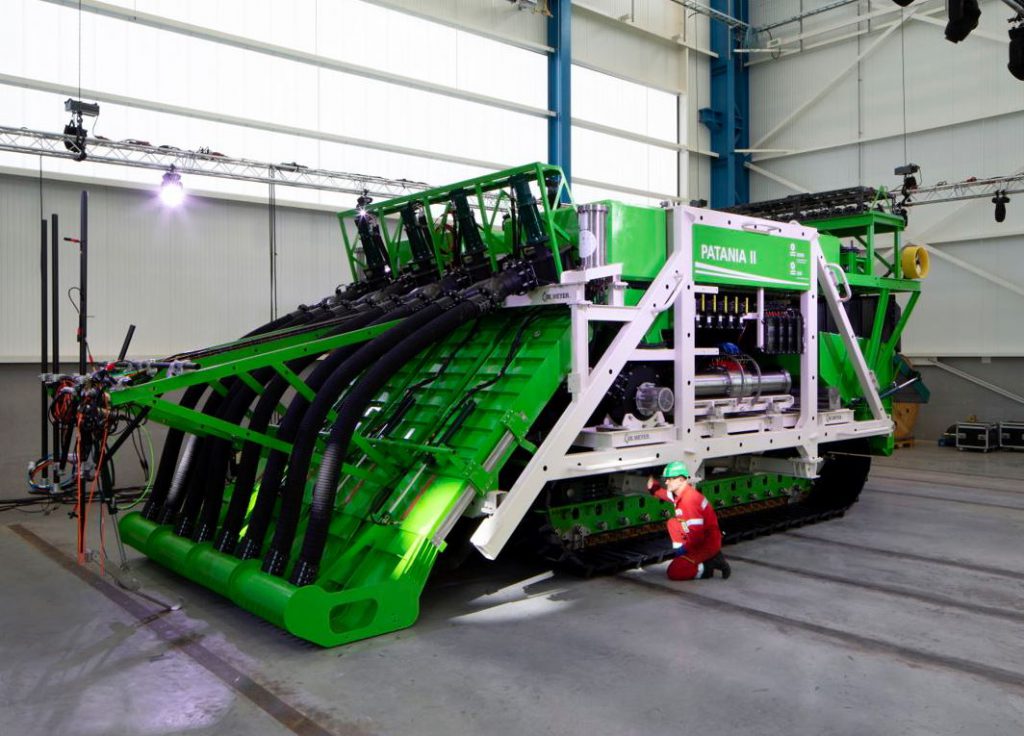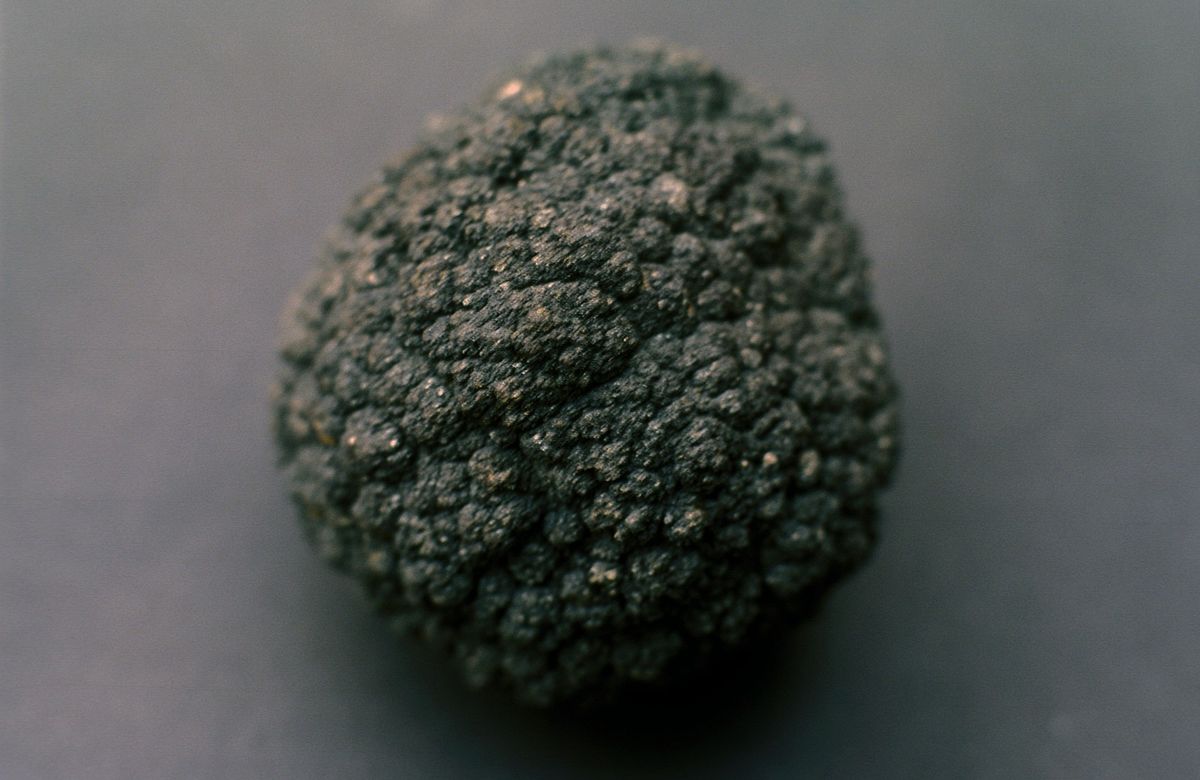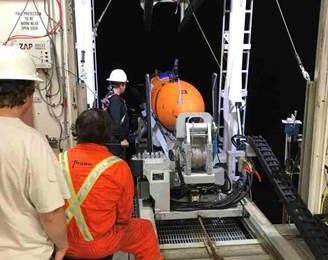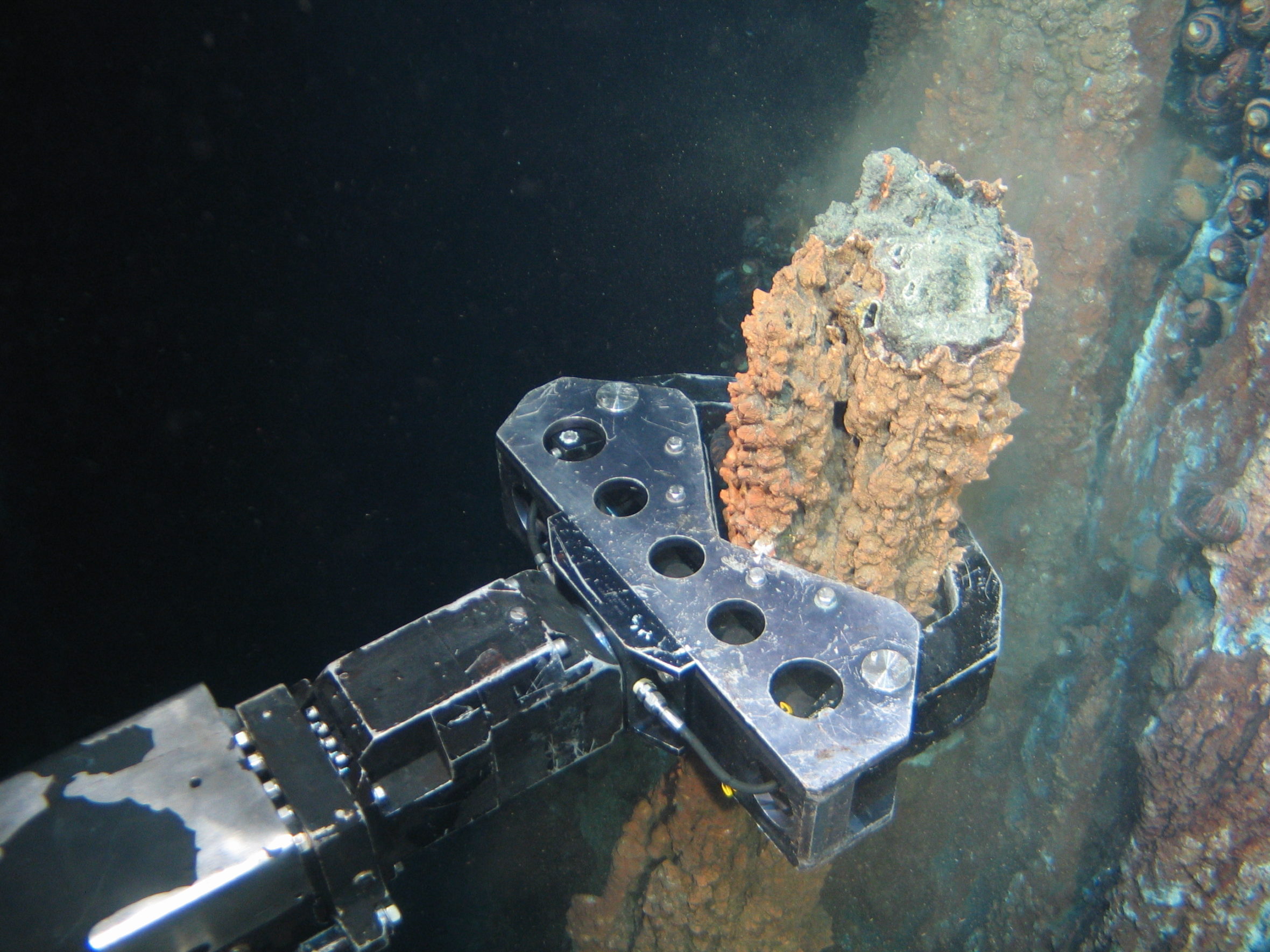Jessica Aldred for chinadialogue ocean | 26 February 2019 What is deep sea mining? It’s the process of retrieving mineral deposits from the deep sea – the area of the ocean below 200 metres. This covers around 65% of the Earth’s surface and harbours a rich diversity of species adapted to the harsh environment – […]
Read More